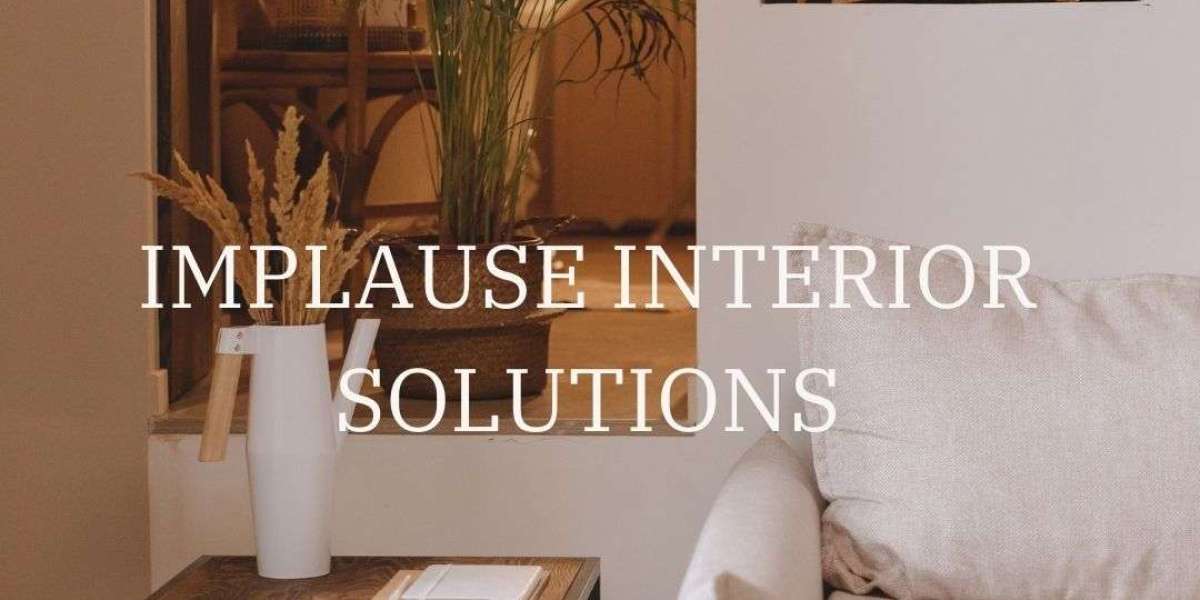Moroccan rugs, known for their vibrant colors, intricate patterns, and rich cultural heritage, have long captivated the imagination of design enthusiasts and collectors worldwide. Each rug is a unique expression of Moroccan artistry and craftsmanship, reflecting the diverse cultural influences and regional styles of Morocco.
Historical Background
Moroccan rugs have been woven for centuries, with their origins tracing back to the indigenous Berber tribes of the Atlas Mountains. These tribes have a long tradition of rug-making, using weaving as a way to express their cultural identity and daily life. Historically, Moroccan rugs were woven for practical purposes, such as bedding or floor coverings, and often incorporated symbols and motifs that held specific meanings within the tribal community.
Materials and Techniques
Moroccan rugs are typically handwoven using natural materials such as wool, cotton, and sometimes silk. Wool, sourced from the local sheep breeds, is preferred for its durability and warmth. The weaving techniques vary by region, with each area having its distinctive style. The two primary types of Moroccan rugs are:
Berber Rugs: These are created by the Berber tribes and are characterized by their abstract patterns, geometric shapes, and rich textures. Berber rugs often feature symbols and motifs that have spiritual or symbolic significance.
Beni Ourain Rugs: A subset of Berber rugs, Beni Ourain rugs are famous for their minimalist designs, featuring soft, plush wool with simple, geometric patterns. These rugs are typically created by the Beni Ourain tribe and are known for their exceptional quality and comfort.
Patterns and Symbols
The patterns found in Moroccan rugs are diverse and often carry deep meanings. Common motifs include:
Geometric Patterns: These patterns are prevalent in Berber rugs and can range from simple shapes to complex designs. They often symbolize protection and fertility.
Symbolic Motifs: Various symbols, such as diamonds or zigzag patterns, are used to convey messages or tell stories. For example, a diamond shape might represent a woman's fertility, while zigzag patterns can symbolize the flowing of water.
Natural Elements: Some rugs incorporate patterns inspired by nature, such as trees, animals, or water, reflecting the close relationship between the Berber people and their environment.
Regional Styles
Moroccan rugs come in various styles, each associated with different regions and tribes:
Azilal Rugs: Originating from the Azilal region, these rugs are known for their colorful, intricate designs and use of natural dyes.
Taznakht Rugs: Made in the Taznakht region, these rugs are renowned for their dense pile and rich, vibrant colors.
Kilim Rugs: Unlike the thick, plush Berber rugs, Kilim rugs are flat-woven and feature bold, graphic patterns. They are often used for wall hangings or decorative purposes.
Modern Appeal
In recent years, Moroccan rugs have gained popularity in global interior design due to their unique aesthetic and versatility. They are often used to add a touch of warmth and texture to contemporary spaces, blending seamlessly with modern decor. The timeless quality and handcrafted nature of Moroccan rugs make them a cherished addition to any home.
Conclusion
Moroccan rugs are more than just decorative pieces; they are a testament to the rich cultural heritage and artistic tradition of Morocco. Each rug tells a story, weaving together history, symbolism, and craftsmanship. Whether you’re drawn to the vibrant patterns of Berber rugs or the understated elegance of Beni Ourain pieces, Moroccan rugs offer a window into the diverse and captivating world of Moroccan artistry.






